According to the U.S. Census, one in five Americans (or approximately 71 million) will be 65 or older by 2030. With the right support, seniors can continue to live healthy, independently and safely. Consider how these broadband-enabled health tools might help you or a loved one:
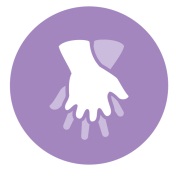 For staying connected and coordinating care: Living alone can sometimes leave seniors feeling isolated or lonely. Tablets, smartphones and computers have texting and video applications that can help loved ones stay connected. Online collaboration tools also allow loved ones to share health information with family members and coordinate health care over time and distance.
For staying connected and coordinating care: Living alone can sometimes leave seniors feeling isolated or lonely. Tablets, smartphones and computers have texting and video applications that can help loved ones stay connected. Online collaboration tools also allow loved ones to share health information with family members and coordinate health care over time and distance.
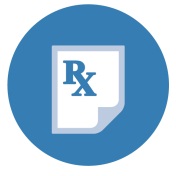 For keeping up with medications: Remembering to do something every single day can be challenging for anyone. Smart pill bottles with built-in broadband technology can alert seniors to take their medications on time. Caregivers can also be notified of missed doses so they can provide extra help.
For keeping up with medications: Remembering to do something every single day can be challenging for anyone. Smart pill bottles with built-in broadband technology can alert seniors to take their medications on time. Caregivers can also be notified of missed doses so they can provide extra help.
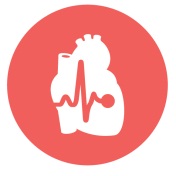 For managing chronic conditions: Chronic medical conditions, such as diabetes, high blood pressure and heart failure, require close follow-up. With in-home remote monitoring devices and online doctor visits, patients can stay connected with their doctors and sometimes avoid lengthy commutes to distant facilities.
For managing chronic conditions: Chronic medical conditions, such as diabetes, high blood pressure and heart failure, require close follow-up. With in-home remote monitoring devices and online doctor visits, patients can stay connected with their doctors and sometimes avoid lengthy commutes to distant facilities.
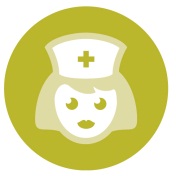 For avoiding a hospital visit: Broadband-enabled technologies can help with earlier diagnosis, and thus allow for early intervention. For example, activity trackers or specialized sensors that monitor urinary frequency can detect and alert providers to unusual changes. Increases in urination can be an early sign of a urinary tract infection or even more serious health issues such as diabetes.
For avoiding a hospital visit: Broadband-enabled technologies can help with earlier diagnosis, and thus allow for early intervention. For example, activity trackers or specialized sensors that monitor urinary frequency can detect and alert providers to unusual changes. Increases in urination can be an early sign of a urinary tract infection or even more serious health issues such as diabetes.
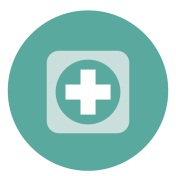 For getting help when needed: Sometimes, older individuals who are living on their own may require urgent medical assistance. Several devices are available to monitor user activity and wirelessly alert caregivers or medical personnel when help may be needed. These include emergency alert button devices that can be placed on a belt clip or worn as a watch or pendant. These devices can also be activity and fall sensors that are directly embedded in floors and beds. Knowing that help will be available when needed gives seniors, individuals, caregivers, and loved ones a sense of security that is important for fostering independent living.
For getting help when needed: Sometimes, older individuals who are living on their own may require urgent medical assistance. Several devices are available to monitor user activity and wirelessly alert caregivers or medical personnel when help may be needed. These include emergency alert button devices that can be placed on a belt clip or worn as a watch or pendant. These devices can also be activity and fall sensors that are directly embedded in floors and beds. Knowing that help will be available when needed gives seniors, individuals, caregivers, and loved ones a sense of security that is important for fostering independent living.
Want to Know More? The Connect2HealthFCC Task Force is working to raise consumer awareness about the value of broadband in the health and care sectors. For more information, visit www.fcc.gov/health or www.fcc.gov/consumers.
Download a printable version of this document. (English) (Spanish)
For this or any other consumer publication in an accessible format (electronic ASCII text, Braille, large print or audio), write or call us at the address or phone number at the bottom of this page, or send an email to FCC504@fcc.gov